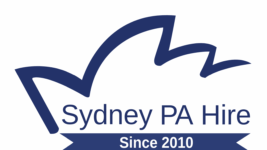News
14 Aug 2023
I’m Going Where the Sun Keeps Shining
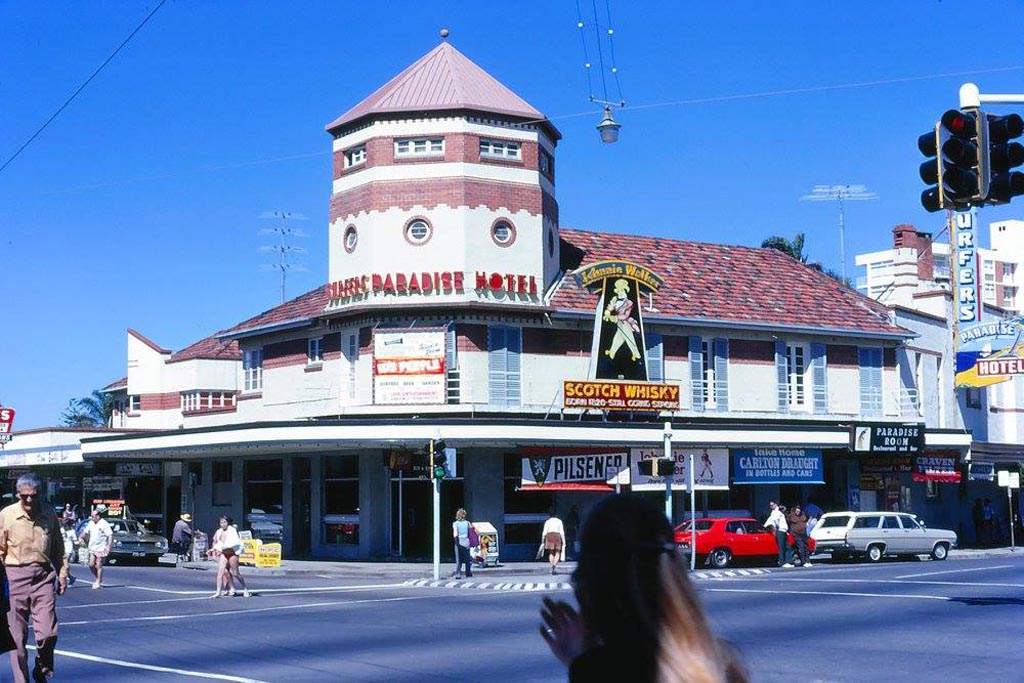
Subscribe to CX E-News
SNIPPETS FROM THE ARCHIVES OF A BYGONE ERA
After the breakup with my first fiancé (she didn’t want my guitar in the relationship), and the subsequent breakup of a rebound relationship (she didn’t want me in the relationship), I packed a suitcase, and with Harry Nilson’s ‘Everybody’s Talking’ echoing in my head I said farewell to my guitar and amplifier, boarded a Greyhound bus and headed for the sunshine state of Queensland.
First port of call was the Coolangatta Sands Hotel where, coincidentally, the public bar was named the Port ‘O’ Call. Here, I spent my first night in a tiny, inexpensive room, which included a full buffet breakfast. Scanning through the Gold Coast Bulletin at breakfast I circled a construction site job and also accommodation at Mermaid Beach on the Gold Coast. And from a phone booth across the road, I secured the construction position and then made a second call arranging to inspect the accommodation.
The accommodation at Mermaid Beach was a room, which came with all the house amenities. It was just down the road from the beach and a short walk to my new job as a builder’s labourer. So, in the space of one morning I had secured a job and virtual beachside accommodation. But this was 1974, when the property market came crashing down, and my employer, who was building waterfront houses on spec, went belly-up. Suddenly, with the rent due, I was out of a job only a couple of weeks after starting.
In the search for new employment, I realised the absurdity of leaving my vehicle in Sydney. I was also missing my guitar and dogged with the guilt of abandoning my 8-hours a day of practice. So I hitchhiked back to my parent’s place in Sydney, loaded the guitar and amplifier into my HQ Holden and drove back to Mermaid Beach. Within a week I was swinging a shovel for the Gold Coast City Council, and I soon had enough money to rent my own apartment.
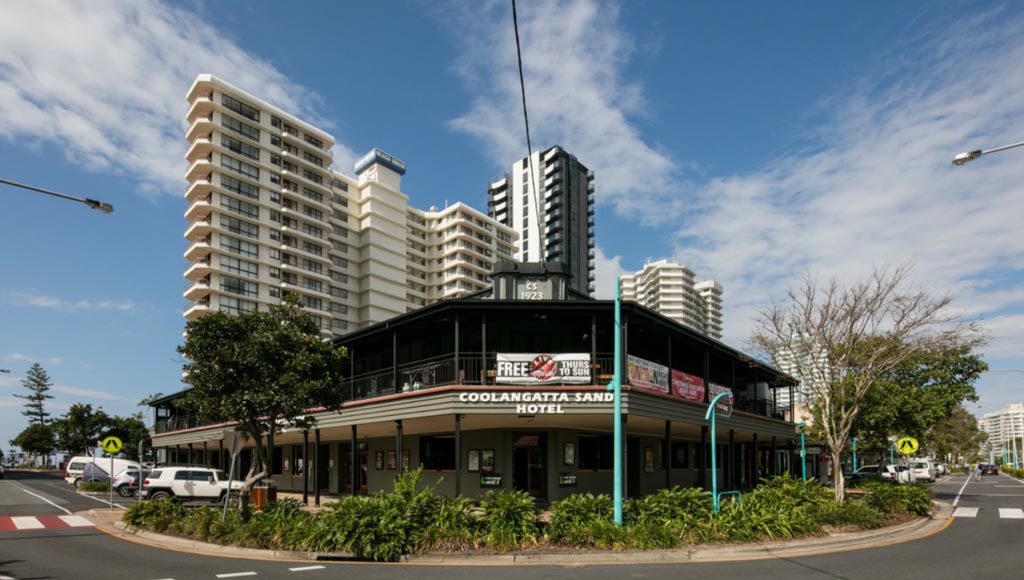
The young and free-spirited youth of the times had a notorious reputation for turning rented apartments into doss houses typified with loud parties, drug taking and trashing the premises. As a consequence, most property owners would only accept couples as tenants. Fortunately, my former fiancé, who was now in acceptance of a ménage à trios, which included my guitar as the third party in the relationship, was visiting from Sydney. So we posed as a married couple to secure the lease, and under the cover of night I smuggled my guitar and amp into my new apartment.
A Californian tourist named Chuck, who had a residency playing at a local restaurant, also gave guitar lessons, and he became my third teacher. Chuck taught guitar in the style of Eric Clapton, whom he idolised. Apart from learning the basic lead patterns and acquiring bleeding and callused fingers from bending notes and exercising Clapton’s classic index finger tremolo, I never came close to emulating his style. Chuck ultimately became the target of immigration officials who were closing in on foreigners illegally working on tourist visas, and he had to move on. Before leaving he handed me over to one of his friends, another Californian who became my fourth guitar teacher.
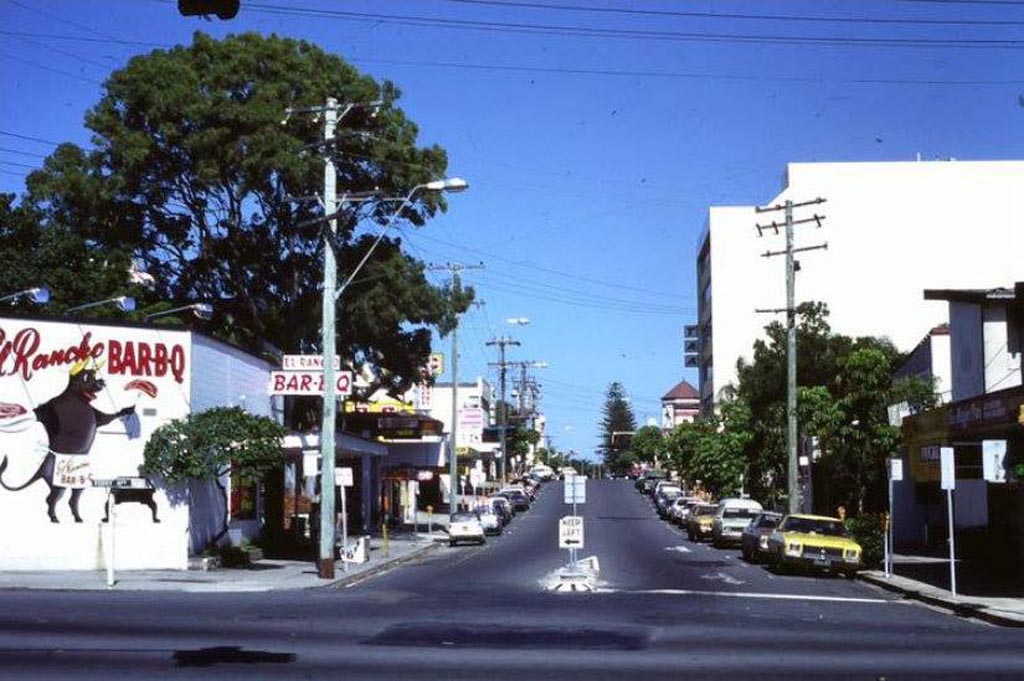
Surfers Paradise had a good but limited music scene in the mid-70s. The main live band venues were the Paradise Room at the Surfers Paradise Hotel, The El Rancho Steakhouse, The Mousetrap, and my favourite haunt, the Chances R Bar at the Chevron Paradise where you could see bands like Ted Mulry Gang or Hush. Twenty kilometres south of Surfers was the famous Playroom at Tallebudgera, which featured big billing acts like Johnny O’Keefe, Billy Thorpe, and Johnny Devlin, along with show bands like The Troupadores; and this is the venue where I saw my first Elvis impersonator, who brought the 500-seat house down some three years prior to the King’s demise in 1977. The Playroom also had a shuttle bus, which offered a free return ride to the venue from Surfers Paradise.
None of these venues employed fledgling bands, but the Cabbage Patch at Coolangatta did cater to the more down-market bands. This was the venue for my first audition as a guitarist. As I sat waiting for my turn to take the stage with the resident band, I was approached by a guy who expressed a great deal of interest in my 1962 Fender Jazzmaster guitar. After a short chat he asked if he could borrow it for his audition, which was after mine.
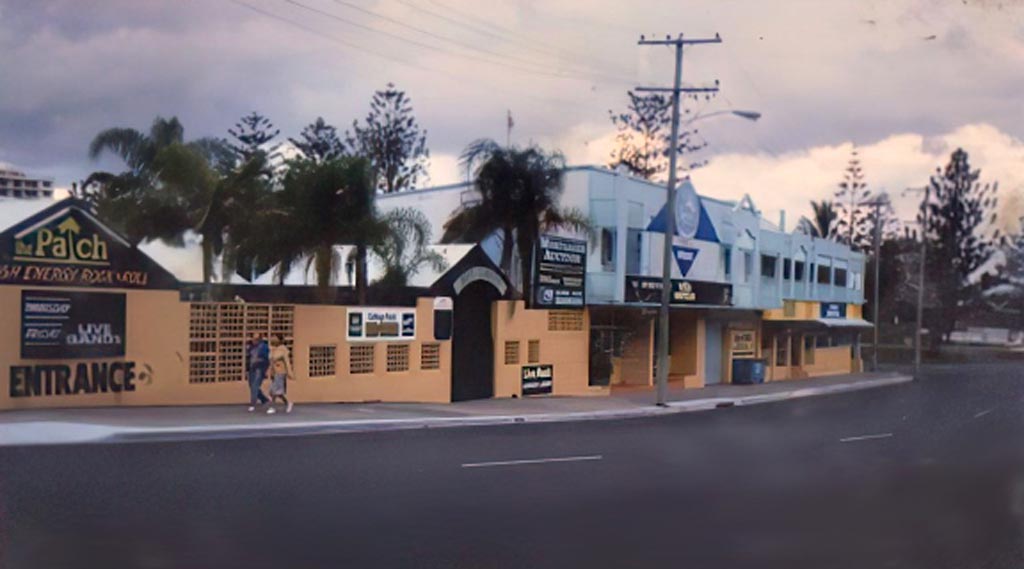
Along with teaching me in the style of Clapton, Chuck also taught me Chuck Berry’s 12-bar blues shuffle and some of his guitar licks. So for my audition I played Chuck Berry’s Carol in front of a small audience. I remember the rhythm guitarist craning his neck over to see what I was doing when I went into the lead break. Then, I loaned my guitar to the next hopeful, who subsequently got the gig. Lesson learned!
I didn’t have a lot of confidence as a singer, so I took singing lessons from a teacher who was the former tutor of the Channel Nine Choir in Melbourne. He didn’t have a piano, so he used a little Stylophone Pocket Synth, poking it with its wired pen to produce its obnoxious sound. He taught me the Belcanto method of singing, which is largely a breathing method that was developed to give opera singers sufficient breath to enable them to be heard in a 3,000- seat theatre without the use of a microphone So, every lesson I’d firstly have to pitch middle C without any musical reference, then take a deep breath and count until the breath was exhausted. In this deep breathing exercise, if my shoulders were seen to raise it was deemed a shallow breath and I’d have to start again. The technique was to fill the lungs from the bottom first and then start the count. The teacher would never tell me what the final count expectation was as he said it was so high that it discouraged students from persevering. He was also obsessive about pitch. For him, the big three were absolute pitch, pitch retention and relative pitch. I didn’t have absolute pitch and he claimed that very few people had this attribute. I had reasonable relative pitch, meaning once I had a starter note I could accurately pitch other notes. But apparently I had good pitch retention, which is the ability to retain a pitch in the memory for an extended time; and this comes in very handy for a singer.

The cost of a carton of beer in 1974 was $5, which was the same cost as my singing lessons, and I was faced with the dilemma of spending the last $5 in my pocket each week on a singing lesson or a carton of beer. Eventually, the beer emerged as the winner.
Late in the year I received a letter from a mate, Paul, a guitarist whom I had played backyard parties with previously in Sydney. He was putting a band together and invited me to join. So, in the week before Christmas 1974 I quit my council job, handed in the keys to my Mermaid Beach apartment and drove back to Sydney. I remember picking up a hitch-hiker along the way who told me he was a school teacher on a tiny island just off the coast of Darwin, which was smashed by Cyclone Tracy a few days later on Christmas Day.
Paul and I rehearsed a few times, but he had unfortunately become a heroin user; and when he shot-up in front of me during a rehearsal I knew it wasn’t going to work. We remained friends but never went on to play together.
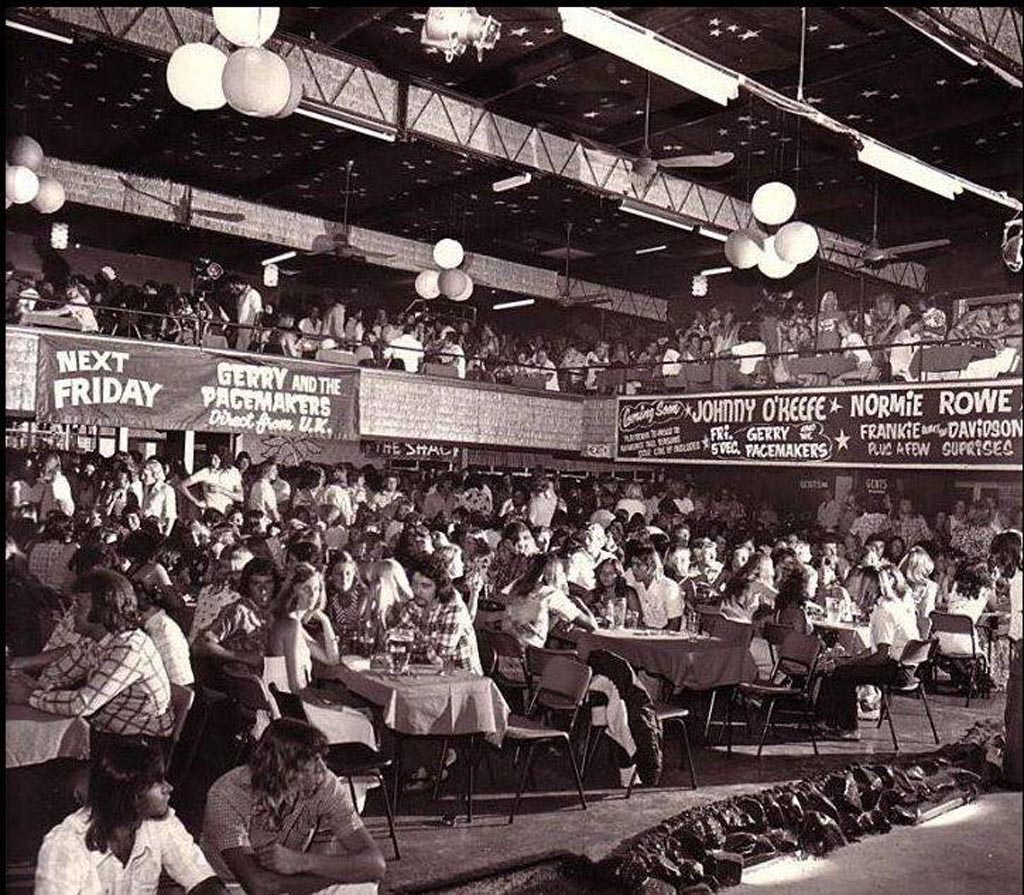
Years later it all seemed like a dream the way things fell together after boarding a Greyhound bus on a whim and easily finding work and accommodation. Then meeting two great guitar teachers and a reputed singing teacher, along with living a carefree lifestyle metres from the beach and only five kilometres from the swinging 70s nightlife of Surfers Paradise.
Some 35 years later, enroute to Bundaberg with my family in 2010, we had to detour to the Gold Coast because of rising flood waters and road closures. I was shocked at how overcrowded, run-down and even intimidating it had become. We eventually were forced to stay overnight in an overpriced, cockroach-ridden Mermaid Beach motel, which was largely occupied by sleazy looking merchants roaming the premises glued to their cellphones. My guess was they weren’t involved in the cosmetics industry. This wasn’t the Shangri-La I had discovered in the 70s.
Subscribe
Published monthly since 1991, our famous AV industry magazine is free for download or pay for print. Subscribers also receive CX News, our free weekly email with the latest industry news and jobs.


